Lack of circular economy incentive mechanism
At the 2025 agriculture forum with the theme "Promoting circular economy in agriculture" organized by Business Forum Magazine in coordination with relevant units on the afternoon of July 16 in Hanoi, Mr. Hoang Quang Phong - Vice President of the Vietnam Federation of Commerce and Industry (VCCI) said that in the context of the increasingly strong impact of the fourth industrial revolution, developing a circular economy (KTTH) in agriculture is an inevitable step for Vietnam. The opportunity and pressure to prioritize the application of advanced technology in smart agricultural production have also become urgent.
However, according to Mr. Phong, the transition to the circular economy model in agriculture still faces land barriers that need to be removed. Small-scale production is a barrier to the application of closed, concentrated production with large cultivation areas. Consumers do not really trust organic products. The level and capacity to access science and technology are still limited.

Mr. Hoang Quang Phong - Vice President of Vietnam Federation of Commerce and Industry (VCCI).
Pointing out the shortcomings in the implementation of circular economy, Mr. Ha Van Thang - Chairman of the Vietnam Agricultural Enterprise Council, Chairman of the Board of Directors of T&T 159 Joint Stock Company said that there is currently a lack of specific mechanisms and policies to encourage and protect circular economy models. There are no separate regulations for this field, while many production models are still subject to outdated regulations that are no longer suitable.
Another barrier is the widespread linear production mindset. Many farmers still pursue short-term profits, using chemicals, chemical fertilizers, pesticides or growth stimulants without considering the long-term consequences. Meanwhile, circular production requires systemic thinking, long-term investment and a change in approach to production management.
Regarding barriers in technology application, Mr. Thang emphasized that the application of science and technology as well as innovative computer solutions still face many barriers due to the influence of current regulations. Vietnam is still using old management tools to manage new models, solutions and methods.
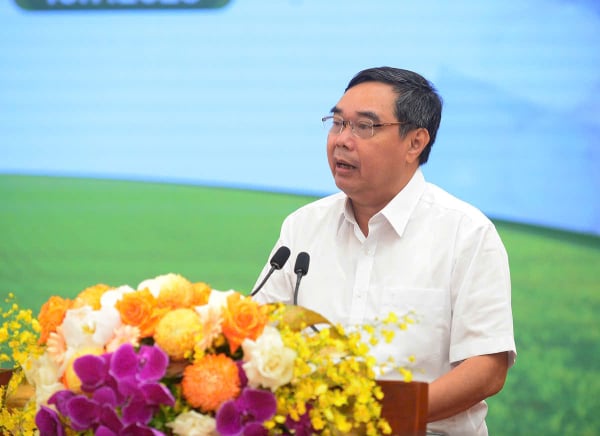
Mr. Ha Van Thang - Chairman of Vietnam Agricultural Enterprise Council, Chairman of Board of Directors of T&T 159 Joint Stock Company.
"Innovation must be understood as replacing old, outdated and unsuitable solutions with more suitable, more effective and safer solutions, but these are not recognized by some current regulations. Therefore, it has inadvertently created barriers to innovation, discouraging circular agricultural production models from boldly applying new methods and new solutions," Mr. Thang said.
Pointing out legal barriers, Mr. Bui Hai Nam - Deputy Director of the Institute of Agricultural Planning and Design said that there is currently a lack of a legal framework and a comprehensive, unified definition for ecological agriculture. In fact, the concept of "ecological agriculture" is new, not yet defined and directly mentioned in legal documents, leading to confusion with "organic agriculture" and "safe agriculture".
In addition, many legal regulations are overlapping and contradictory, causing difficulties in implementation. Current policies only indirectly affect ecological agriculture instead of creating a comprehensive framework. Many policies still focus mainly on the goal of increasing production, sometimes in conflict with the goals of environmental protection and sustainability.
Need for a separate strategy on circular agriculture
In order for the circular economy in agriculture to become a mainstream trend, the Chairman of the Vietnam Agricultural Business Council believes that it is necessary to soon form a synchronous policy ecosystem, including financial support mechanisms and green credit; tax and land incentives for businesses investing in clean, circular production. Along with developing infrastructure for concentrated production areas, it is necessary to improve standards, processes and traceability of products as well as promote market connections.
Mr. Le Duc Thinh - Director of the Department of Economic Cooperation and Rural Development (Ministry of Agriculture and Environment) proposed to issue a separate Strategy on circular agriculture, building an ecosystem of innovation and green investment, integrating into the value chains of key industries and linking with the Net Zero target.
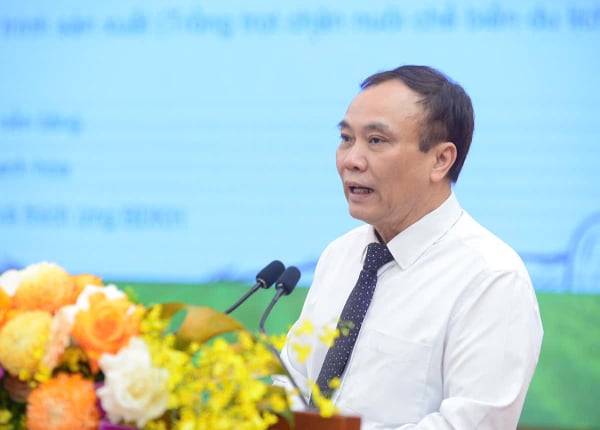
According to VCCI Vice President Hoang Quang Phong, if farmers are ready and businesses participate, state management agencies and local authorities must be the ones to lead, orient, build policies, support resources, and create motivation to attract organizations and individuals to invest in circular agriculture.
There needs to be a long-term solution to bring businesses to farmers, and together build value chain linkages to realize the aspirations of circular agriculture, sustainable agriculture, and ecological agriculture.
From the practical experience of enterprises, Mr. Nguyen Hong Phong - Vice President of the Central Committee of the Vietnam Young Entrepreneurs Association, General Director of Tien Nong Agricultural Industry Joint Stock Company said that enterprises need to change their awareness. Leaders need to take the lead, viewing circulation as an opportunity for development and resource optimization, not a cost burden. Thinking must go hand in hand with action. Accordingly, the first concrete step is to inventory and measure the level of emissions of enterprises.
"Tien Nong started by taking a greenhouse gas inventory to know exactly how much we "owe" the environment. From that specific number, we were able to build an action plan, such as finding alternative input materials to reduce emissions," Mr. Phong shared.
According to Mr. Phong, many businesses set a Net Zero target but may feel overwhelmed. Tien Nong's experience shows a more realistic and feasible roadmap.
"Without inventory and neutralization, we cannot talk about Net Zero. This is a step-by-step roadmap to help businesses avoid being overwhelmed and take immediate action," Mr. Phong recommended.
In addition, businesses need to be proactive, even "go all out" to find sources of waste and by-products and consider them as input materials.
Source: https://doanhnghiepvn.vn/kinh-te/chinh-sach/tu-duy-cu-can-tro-doi-moi-sang-tao-trong-nong-nghiep-tuan-hoan/20250716053308316



![[Photo] The army marched proudly on the street with loud cheers.](https://vphoto.vietnam.vn/thumb/1200x675/vietnam/resource/IMAGE/2025/9/2/c0dc9a5121094991bd7c5a02166b3a4f)
![[Photo] Parade groups bid farewell to the people after completing mission A80](https://vphoto.vietnam.vn/thumb/1200x675/vietnam/resource/IMAGE/2025/9/2/36d202d43ecc4ca8aede59a0e99f32ed)
![[Photo] Bustling atmosphere at Ba Dinh Square on National Day](https://vphoto.vietnam.vn/thumb/1200x675/vietnam/resource/IMAGE/2025/9/2/c441c931800d4ff8a4a5b2ed4d4c496b)
![[Photo] Police blocks parade on Le Duan Street](https://vphoto.vietnam.vn/thumb/1200x675/vietnam/resource/IMAGE/2025/9/2/8f607af025d5437d828366c5e911bbda)
![[Photo] The heroic and lovely moment when the armored vehicle passed by Hanoi Flag Tower](https://vphoto.vietnam.vn/thumb/1200x675/vietnam/resource/IMAGE/2025/9/2/5b07b9f62ee94db287a0ae3a27b6db51)

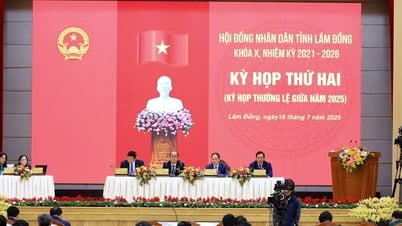

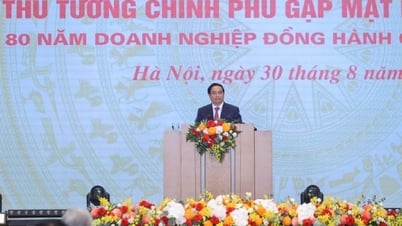
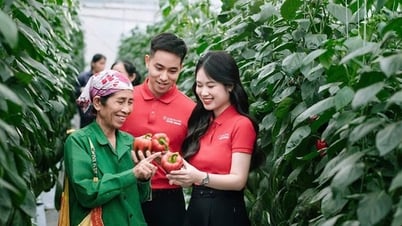

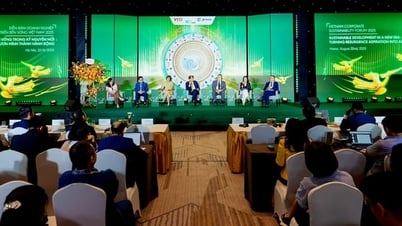

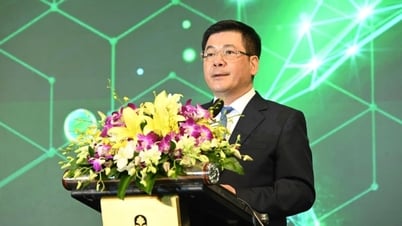
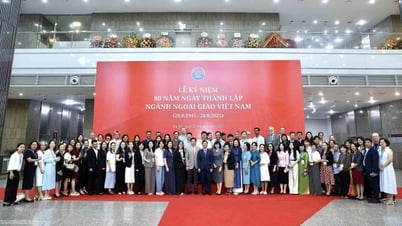



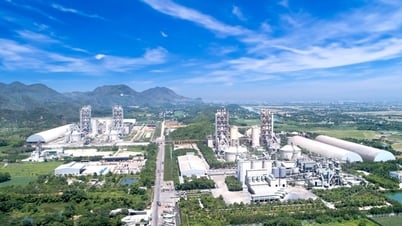
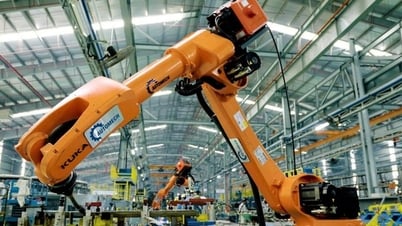


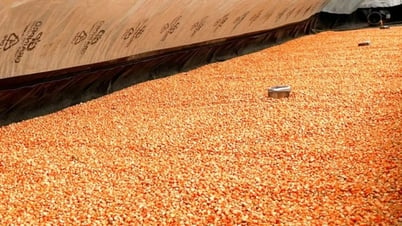
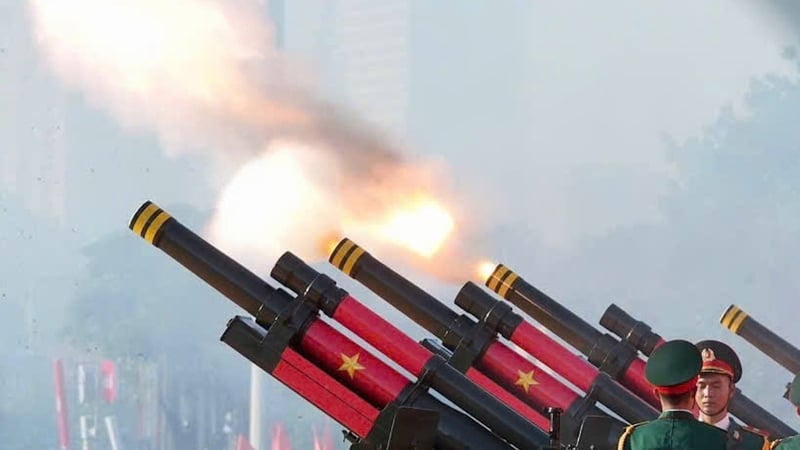


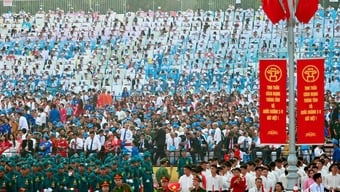


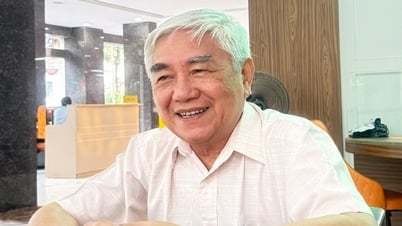



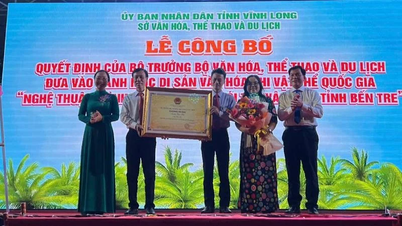



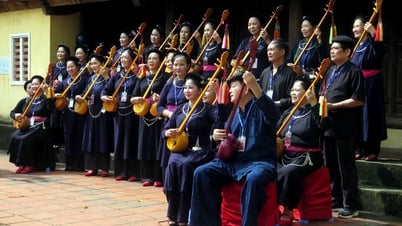

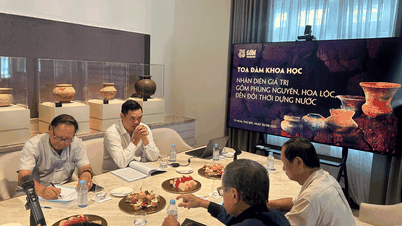

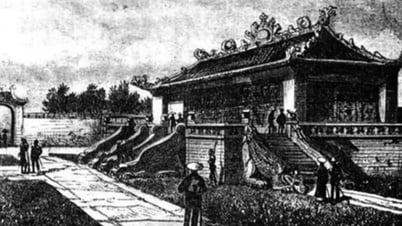

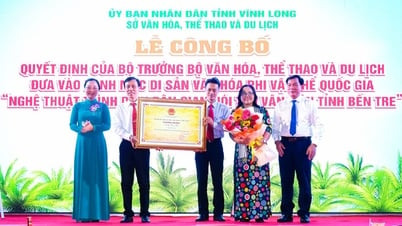








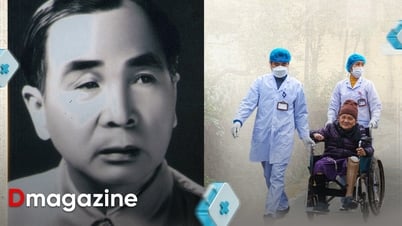
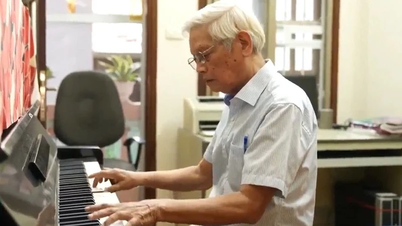
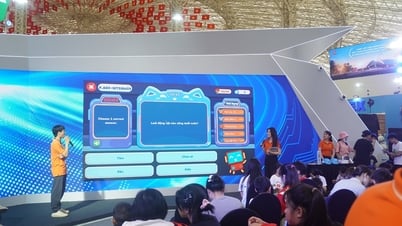


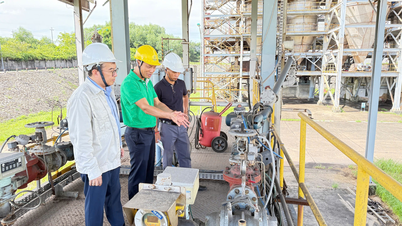

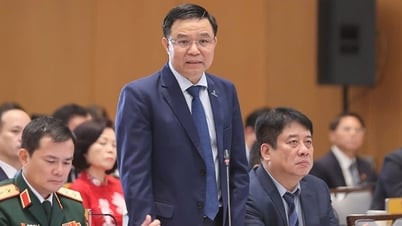
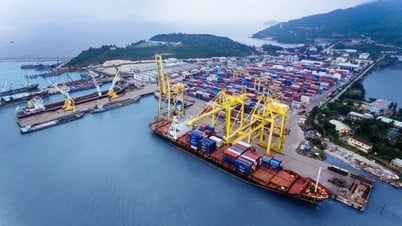



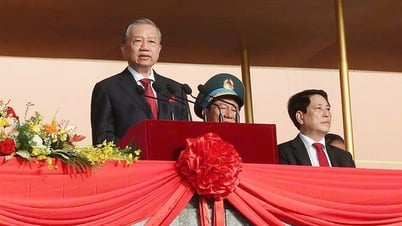
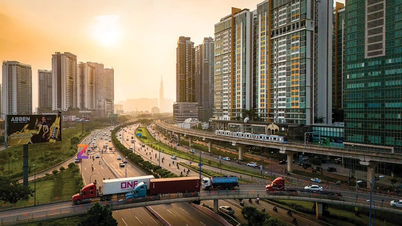
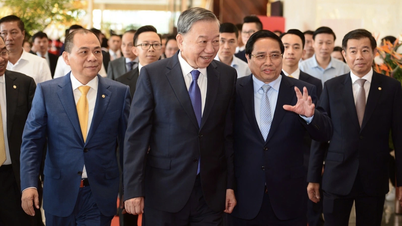

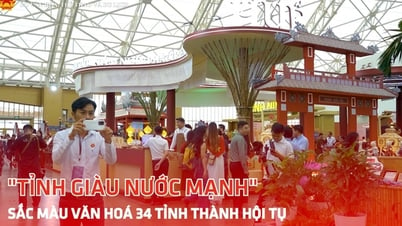



![[Live] Parade and march to celebrate the 80th anniversary of the August Revolution and National Day September 2](https://vphoto.vietnam.vn/thumb/402x226/vietnam/resource/IMAGE/2025/9/2/ab9a5faafecf4bd4893de1594680b043)
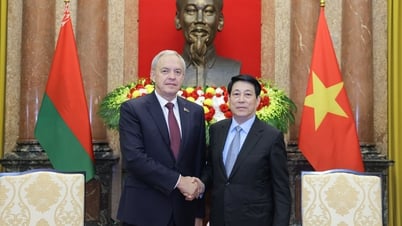

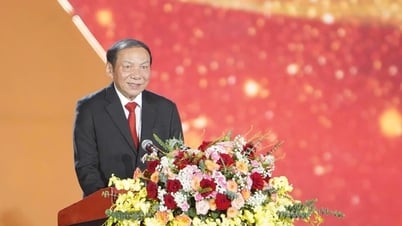
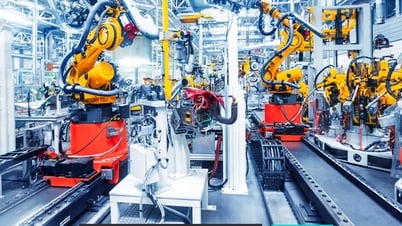



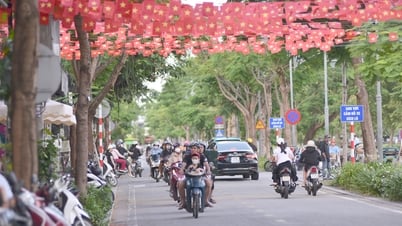





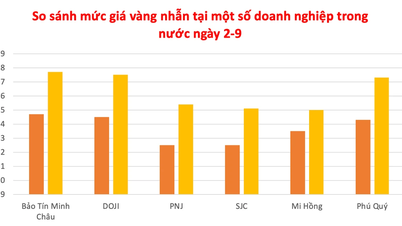

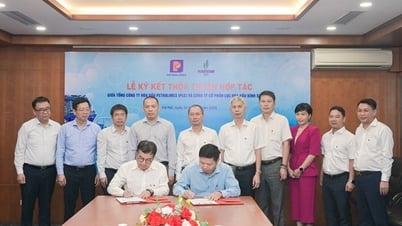
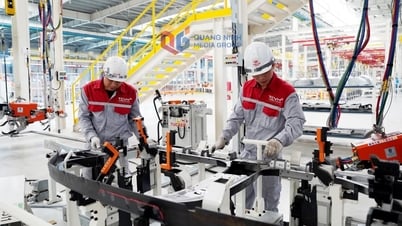
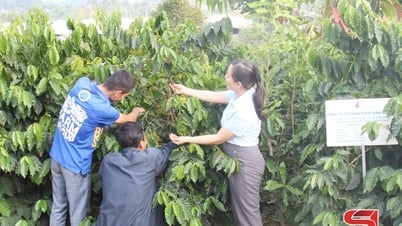

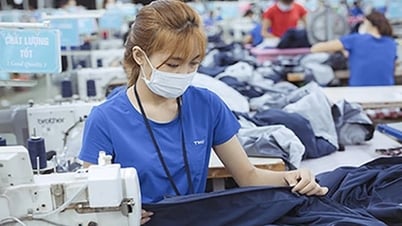
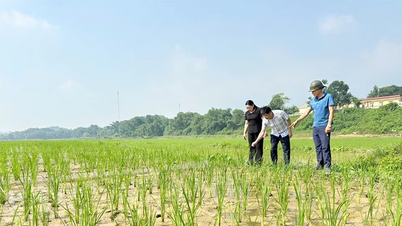

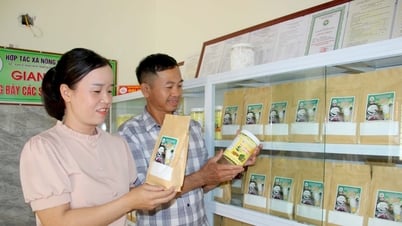




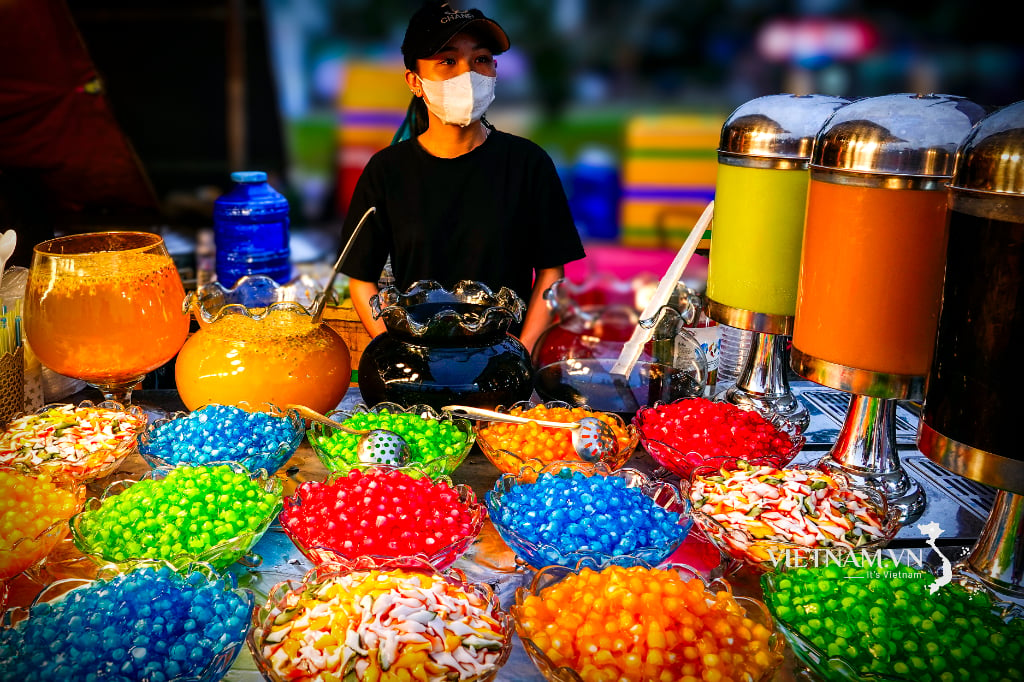

Comment (0)